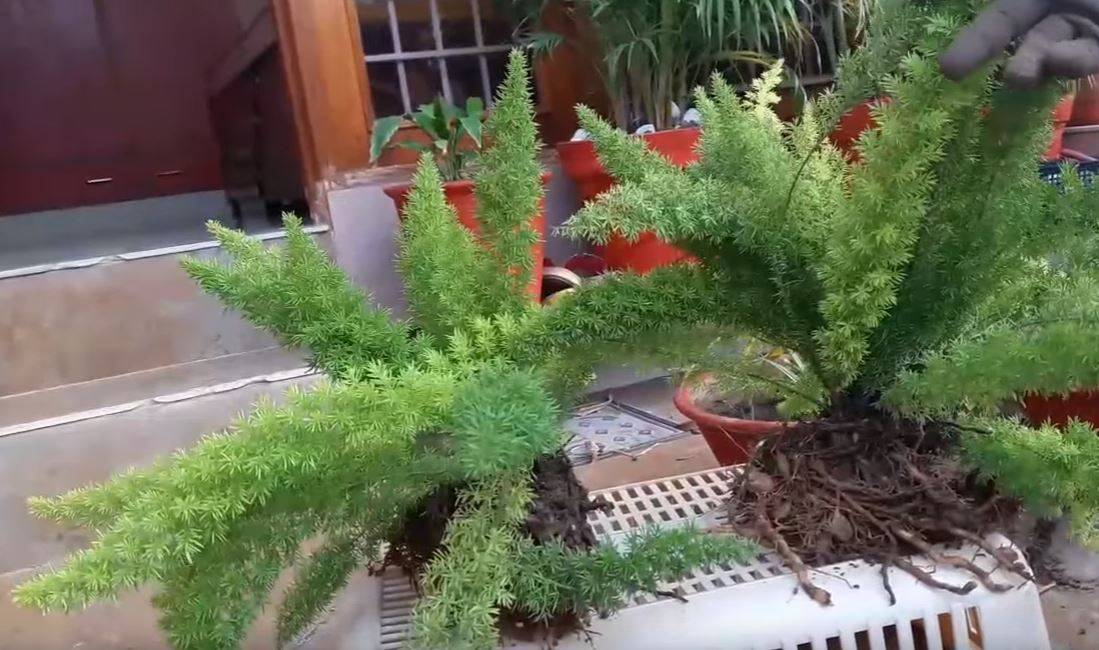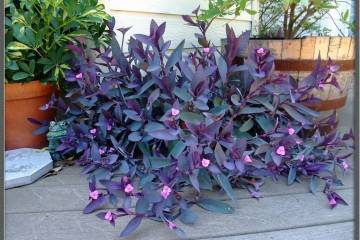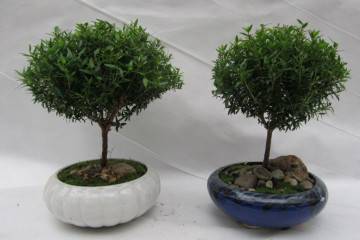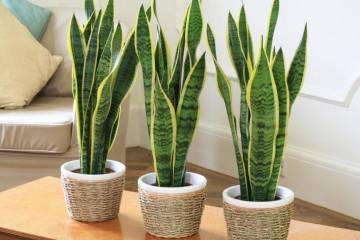Asparagus Meyer - home care
Content:
Asparagus Meyer is just one of more than 300 species of asparagus. Among the unusual names of indoor flowers in Latin, asparagus has a simple popular name - asparagus. But Meyer is not grown as an edible asparagus, but for decorative purposes.
What does Meyer's asparagus look like?
Asparagus belongs to the Asparagus family. The plant is a semi-shrub, the length of which reaches 1.5 m. It has long and thick shoots, on the surface of which there are villi like needles. Small scaly leaves grow on lateral shoots. The plant is colored in different shades of green.
Common varieties
The most common varieties and types of asparagus:
- perennial outdoor winter-hardy asparagus. Grown in hanging pots, shoots reach 50 cm in length;
- asparagus Setaceus, or feathery, looks like a fern. Of all the varieties of asparagus, pinnate is the most widely used in bouquets;
- dense-flowered asparagus, or Sprenger's asparagus (Asparagus Aethiopicus) - ampelous plant with branched stems 1.5 m long;
- Asparagus Umbelatus is a houseplant with slender but firm stems and lush foliage;
- asparagus Virgatus - an asparagus plant with fluffy foliage;
- asparagus Trifern - a variety with very thin leaves;
- medicinal asparagus (Asparagus Officinalis) - a plant with very thin shoots and leaves, which is used for food;
- pyramidal asparagus - a low evergreen bush with lush foliage;
- asparagus Medeoloides is a branched shrub with long and straight shoots.
Healing properties
Meyer's asparagus tinctures help with:
- migraine;
- inflammatory processes of the genitourinary system;
- edema;
- diseases of the gastrointestinal tract.
Briefly about the history of appearance
All Asparagus are native to the tropical forests of Africa and Asia. Asparagus Meyer naturally grows in the tropics of East and South Africa.
Features of caring for a plant at home
Caring for Meyer's asparagus at home requires adherence to certain rules and recommendations. An exotic plant reacts sharply to adverse conditions.
Temperature
High temperatures have a detrimental effect on the health of the shrub. The optimum temperature for keeping in summer is from 20 ° С to 25 ° С, in winter - from 12 ° С to 15 ° С.
Lighting
The flower needs at least 12 hours of daylight, but the plant should not be in direct sunlight for a long time. In the summer, a flower pot is placed on the western and eastern sides of the house. In winter, the bush is transferred to the south side.
Watering
Watering should be regular and abundant. The soil should not have time to dry out. After each watering, it is imperative to loosen the soil to a depth of 3 cm.
Spraying
Asparagus is a deciduous plant, so spraying is often done. The treatment increases moisture and refreshes the foliage by removing dust and dirt.
Humidity
The bush is picky about high humidity, otherwise its foliage suffers. In winter, due to heating, the air in the room becomes dry, in order to increase the humidity indicators, a wide container of water is placed next to the flower or a damp cloth is placed on the radiator.
Priming
For cultivation, a special soil mixture is prepared, which consists of:
- compost soil;
- humus;
- river sand.
Top dressing
Top dressing is carried out with complex mineral fertilizers for plants of the Asparagus family. During active growth in the spring-summer period, they are fed with useful minerals twice a month, in the autumn-winter period - once a month.
Features of winter care
In winter, the plant retires, so care measures are reduced so that it can rest and gain strength. Watering is carried out twice a month, and feeding is generally stopped before waking up in spring.
When and how it blooms
With proper care and favorable growing conditions, the shrub can bloom.
- Types of flowers. Small snow-white flowers that bloom on the side shoots.
- Flower shapes. The buds are similar in shape to bells.
- Flowering period. The buds bloom in July, flowering continues until the end of summer.
Pruning
Do not overuse the cropping procedure. It is carried out only when necessary to remove old branches and renew the plant. The bottom tubers, which are unable to form foliage, are also removed.
How Meyer's asparagus reproduces
Asparagus is propagated in three ways:
- seeds;
- cuttings;
- dividing the bush.
Germinating seeds
The seeds are soaked in saline for a day to nourish and strengthen them. Planting takes place in February. Each seed is planted in a box with a substrate to a depth of 1-2 cm. Cover the container with a film and leave it in a warm and well-lit place. When shoots appear, the film is removed and the soil is watered. You need to repot the sprouts when they reach 10 cm in height.
Rooting cuttings
Cuttings 12 cm long are cut from young healthy shoots. They are planted in a moistened substrate and covered with a film. Periodically, the shelter is cleaned and the soil is watered. After a month, the cuttings will take root.
Dividing the bush
The procedure is carried out in the spring. An adult bush is carefully divided into several parts along with the rhizome. Each bush is planted in a separate pot and placed in a shaded place. When the plants take root, they are rearranged to their usual place.
Transfer
The transplant is most often carried out due to the growth of the root system, since the plant is constantly gaining length. The bush is transplanted in the spring immediately after waking up.
Step-by-step process of transplanting into a new container:
- Dried shoots and rotten roots are removed from the shrub.
- The bottom of the pot is covered with a three-centimeter layer of drainage material.
- Pour some of the substrate over the drain.
- Place the bush and spread its roots.
- Fall asleep with earth.
- Pour with soft water at room temperature.
Possible growing problems and diseases
Of course, when growing any plant, certain difficulties and problems can arise, Meyer's asparagus is no exception.
Drops buds and leaves
Falling foliage and wilting of stems occurs due to a lack of watering and feeding. It is worth noting that watering and fertilizing procedures must be carried out correctly.Poor quality of irrigation water and incorrect dosage of the fertilizing preparation contribute to the appearance of diseases.
Leaves turn pale
Due to the lack of transplantation and the tightness of the pot, the bush lacks nutrients, which is why the leaf plates begin to fade. This problem also occurs due to a lack of lighting.
The tips of the leaves dry
The tips of the leaf plates dry out with a sharp jump in temperature and a decrease in humidity.
The lower leaves fall
The lower leaves begin to fall off, and the extreme shoots dry up and rot when the soil is overcooled and waterlogged. Lack of loosening after watering and stagnation of moisture in the soil are very dangerous for Meyer's asparagus.
Pests
Asparagus Meyer is mainly attacked by scale insects, mealybugs and spider mites. Since the plant is sensitive to the composition of insecticides, to combat parasites, it is washed under a warm shower, and then sprayed with a solution of laundry soap or alcohol.
Other problems
If yellow spots appeared on the leaf plates, it means that the plant was overexposed under the scorching sunlight, and it received burns.
The amazing plant asparagus, the species of which differ not only in structure and flowering, is grown for different purposes. Flowers are used for garden decoration, treatment, and eating. The Meyer variety compares favorably with its greenery, therefore it is common as an indoor flower.



















